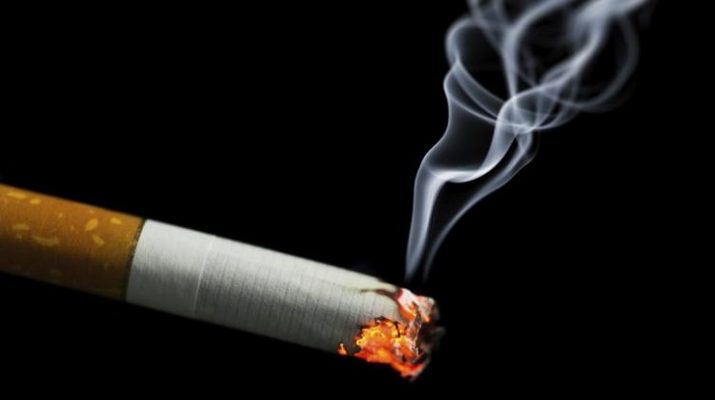7 million people die of tobacco use globally every year and India accounts for 1/6th of the total deaths.
Tobacco use has assumed epidemic proportions and kills more people than tuberculosis, accidents, homicides, suicide, AIDS and malaria combined.
Shocking as it may sound, statistics reveal that tobacco use causes one death every 6 seconds.
In a report released ahead of World No Tobacco Day on Wednesday, WHO warned that the annual death toll of seven million people had jumped from four million at the turn of the century, making tobacco the world’s single biggest cause of preventable death.
And the death toll is expected to keep rising, with WHO bracing for more than one billion deaths this century.
Tobacco use not only contributes to the deaths but adversely affects national economies through increased healthcare costs and decreased productivity. It worsens health inequalities and exacerbates poverty.
Chemicals In Tobacco
Tobacco contains over 4,800 chemicals, 69 of which are known to cause cancer.
Apart from cancer, tobacco related products are major risk factors for heart diseases, stroke and bronchitis and other conditions and disorders such as delayed healing of wounds, infertility and peptic ulcer disease.
WHO urged governments to take strong measures to rein in tobacco use.
“One of the least used, but most effective tobacco control measures… is through increasing tobacco tax and prices,” Chestnov said.

